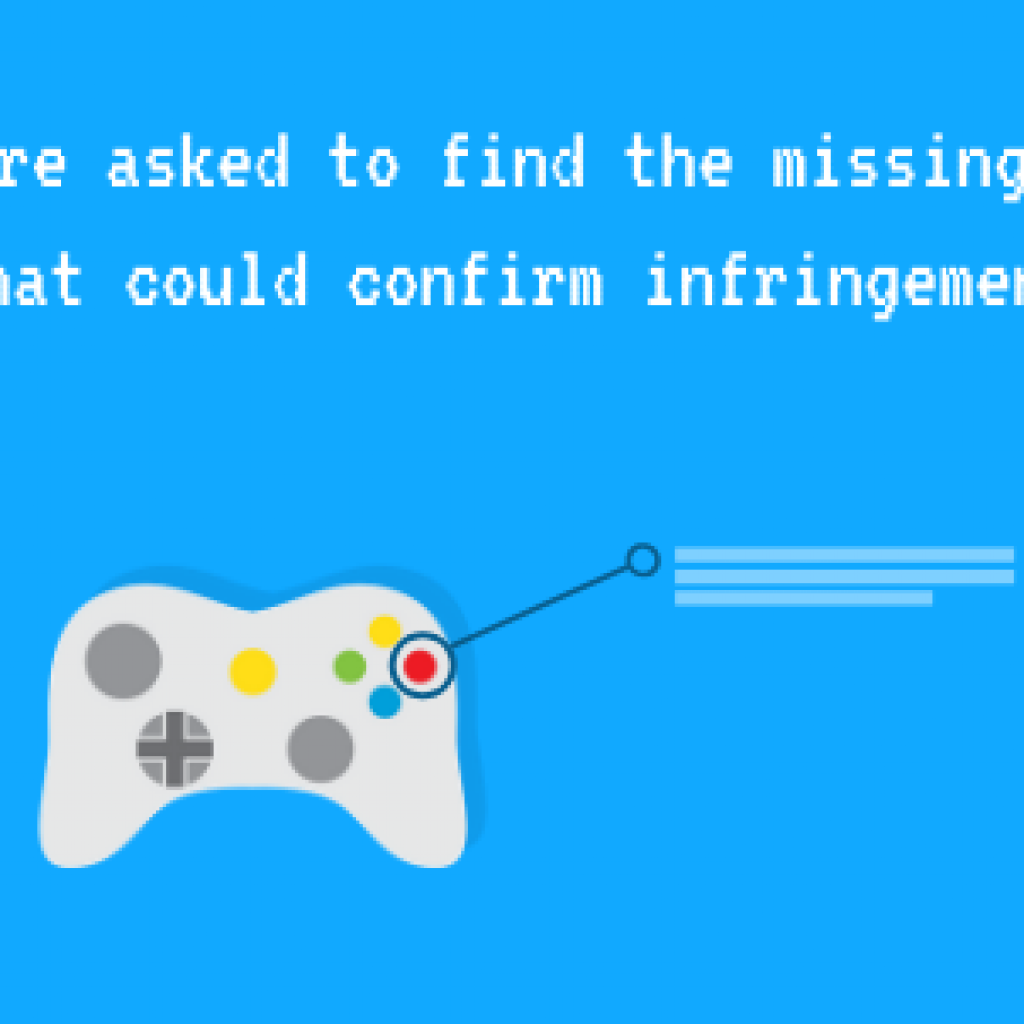Have you ever heard of hiding in plain sight? How often do you skip the details because they look pretty obvious? But, a more important question, why am I asking these questions?
It’s well understood that a keen eye is required for analyzing patents. A miss of a single result can be catastrophic. For example, in litigation cases, a miss of a potential result may cost a company millions of dollars.
Crises of solid prior art are no new struggle for any IP counsel or litigator. In this article, I am going to narrate one of the cases where I had to find a needle (valid prior art) in a haystack (domain literature) and how I did it with a magnet (YouTube videos)!
Background of the Case
In this case, I was dealing with web browsers that used the concept of Site Isolation.
First, I summarize the core concept to justify why I followed the following strategies. Say, e.g., you logged into a domain A website. Now, while scrolling, you identify a link in the body of the website. You are directed to Domain B’s website when you click on it. If domain B’s website contains phishing codes, it might scrape your user details from the previous website and corrupt your account. Thankfully, site isolation helps prevent that from happening. Phew! [Here’s how?]
The conventional approach to finding the prior art
Like any researcher, I started the analysis by adopting the conventional approach. We had three days to find relevant results, and I dedicated the starting hours to conventional research. I picked up terms from the subject patent and made strings based on that. Similarly, IPC/ CPC classes were used to calibrate the search strings. I used keywords, classes, inventor names, key assignees, etc., to reach the bottom.
However, this approach led to nothing; moreover, I realized a lot of time had passed with no relevant results. That said, I found patents for website security or changing domains, but I still felt a big void for a 102-type reference.
Revisiting the past for any missing leads
What could I do next? I was stuck but not defeated. After brainstorming with my mentor, we returned and rescanned all the collected leads from the conventional search to ensure nothing was missed.
And guess what? It proved to be the right move.
While doing the technology groundwork and learning about the patent in detail, I identified a few companies that initiated the work on this technology. I had shortlisted a potential lead who had bought the concept of Site Isolation. I put some strings on the web and found open-source browser projects/sites like Chromium, which contained design documents, architecture overviews, and testing information. All this information helped me work with the Chromium source codes. So, naturally, it made sense to explore all these documents.
I pulled out my magnifying glass and my sharpest pair of tweezers and investigated them, but the documents that had popped up failed to reveal what we were looking for. I couldn’t find an overlap with the technology, and the deadline was approaching.
Binge-watching the YouTube video demonstrations for prior art
Since we decided to go through the collected leads again during this intricate investigation, I found a link to some video demonstrations of the Chromium Project in one of the documents!
My first thought was: If the documents did not disclose the essential concept, what would the video demonstrations present? But I instinctively did not skip any link without being 100% sure.
So, I went ahead and started watching these videos. To my surprise, a video demonstration featured on YouTube talked about site isolation implemented in The Chromium Projects. There it was, our top result, our 102 prior-art—Site Isolation: Summit—January 2015. My eureka moment! The result completely overlapped with the patent claim.
Preparing the claim chart for the client
The next challenge was preparing a claim chart for this video. Luckily, I had some expertise in this area, so charting the video didn’t take much time for me. I used the video snapshots, marked the snaps, mapped them with the claims, and demonstrated them to the client.
Guess what?! Our client was impressed with how we presented our findings and our thought process for getting to the prior art.
That day, I learned something: never underestimate any source when searching. Since then, searching for video demonstrations has been a tactic I have often adopted—one of the recommended tactics in the patent analyst’s black book.
Looking for expertise in prior-art search? With our book of strategies, we can give you the BEST solution.

Authors: Raima Ghosh, Shivam Kansra, and Nikhil Gupta.










